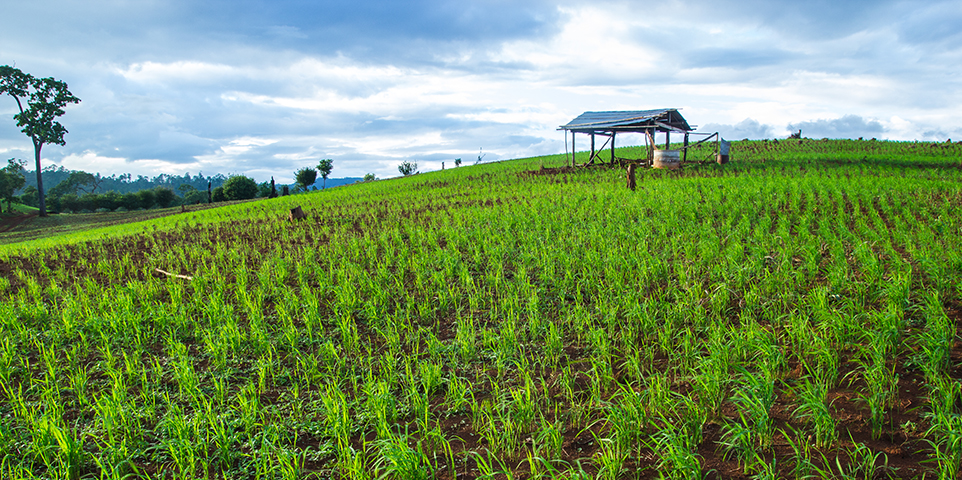MEMBERSHIP
AMPLIFY
EN ESPAÑOL
Connect With Us
- Popular search terms
- Automobile
- Home + Renters
- Claims
- Fraud
- Hurricane
- Popular Topics
- Automobile
- Home + Renters
- The Basics
- Disaster + Preparation
- Life Insurance

Crop insurance is purchased by agricultural producers, including farmers, ranchers and others to protect against either the loss of their crops due to natural disasters, or the loss of revenue due to declines in the prices of agricultural commodities. There are two major types of crop insurance: multiple peril crop insurance (MPCI) and crop-hail insurance.
MPCI covers crop losses, including lower yields, caused by natural events, such as:
MPCI is federally supported and regulated, and is sold and serviced by private-sector crop insurance companies and agents.
More than 90 percent of farmers who buy crop insurance opt for MPCI. Both the cost of insurance and the amount an insurer will pay for losses are tied to the value of the specific crop. MPCI is available for more than 120 different crops, though not all crops are covered in every geographic area.
MPCI policies must be purchased each growing season by deadlines established by the federal government—and before a crop is planted. If damage occurs early enough in the growing season, the policy may include incentives to replant—or penalties for not doing do.
In areas of the country where hail is a frequent event, farmers often purchase crop-hail policies to protect high-yielding crops. These policies are not part of the Federal Crop Insurance Program; they are sold by private insurers and regulated by state insurance departments. Many farmers purchase crop-hail coverage as a supplement to MPCI. Crop-hail policies often have a low or even no deductible. Because, unlike drought or blight, hail can completely destroy a portion of crops in one area of a farm but leave other crops undamaged, a hail claim may be less than the amount of the deductible on an MPCI policy.
Due to its limitations, this insurance is purchased much less frequently than MPCI. Unlike MPCI, crop-hail insurance can be purchased at any point in the growing season.
Farmers can also purchase crop revenue insurance, which helps farmers in years when crops have a low yield and/or the price of the crop is low. The amount that an insurer will pay reflects how much lower a year’s revenues are compared to previous years’ earnings. This insurance helps farmers protect their earnings against drastic swings in crop prices, regardless of the cause.
The 2014 Farm Bill substantially strengthened crop insurance by adding several new products and requiring a number of program revisions that help make crop insurance a primary component of the farm safety net. For more information about the Farm Bill and crop insurance, visit cropinsuranceamerica.org.
A crop insurance specialist can provide guidance about which insurance is appropriate for your farming or ranch business.